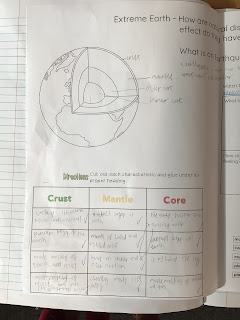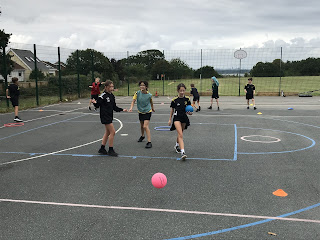What are the Earth’s layers?

This week the children identified the different layers of the Earth and what they are made of. They watched a clip so they could visually a representation of the inner and outer core. Then, they watched a short clip of the earthquake in Turkey to see how land and properties actually move from the vibrations and the devastating effects earthquakes have on both human and physical geography. Finally, the children reflected on how other children and people in the world suffer and need support from other countries.







